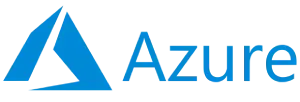
CLOUD ENGINEERING
Shaping an innovative Healthcare landscape
Navigate the future of Healthcare with scalable, reliable, and secure cloud solutions. Transform legacy applications and infrastructure into future-ready, cloud-native solutions, and curate new applications with the cloud as the foundational bedrock. Leverage CitiusTech’s cloud capabilities and partnerships to enhance user experiences, build agility, secure data management, and facilitate agile development.
Key services:
- Cloud-native app development
- Comprehensive Cloud security solutions
- Scalable IoT integration and management
- Multi-cloud management and optimization
- AI & ML-powered Cloud solutions
NEWS
CitiusTech collaborates with Microsoft to streamline value-based contracting and Provider performance management for Payers and systems
WHY CITIUSTECH
Elevating HealthTech with robust Cloud infrastructure
+
Cloud
experts
+
Healthcare Cloud
success stories
+
Cloud migration
success stories
+
Cloud consulting assessments
+
Cloud-native Healthcare
application delivery
Leveraging strong Cloud capabilities to deliver optimal results
Strong partnerships with
all major Cloud Providers
Deep consulting and
migration expertise
Cloud-native application
development
VERTICAL CAPABILITIES
Enabling secure, scalable, and cost-effective
Cloud solutions
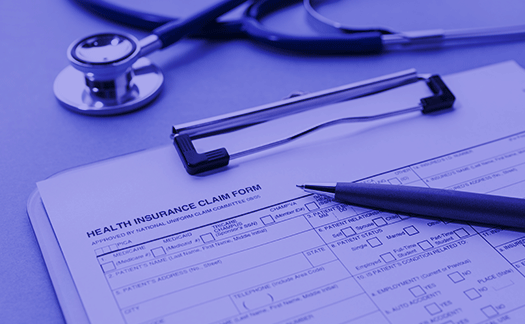
Payers
Manage resources and data on the cloud with unparalleled efficiency and security. Leverage customized cloud ecosystems designed to meet intricate compliance requirements. From data-sensitive application migrations to building resilient cloud architectures, get comprehensive solutions to ensure robust and compliant cloud operation.
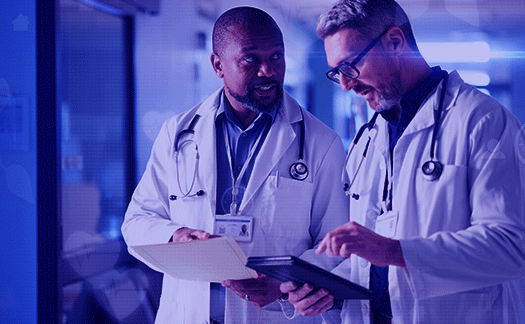
Providers
Ensure seamless cloud transitions, efficient application management, and stringent security compliance with a comprehensive suite of cloud engineering and modernization services. Streamline operations and enhance patient-centric services through meticulous application migration and management. Amplify data security and compliance for efficient, secure, and compliant home Healthcare services.
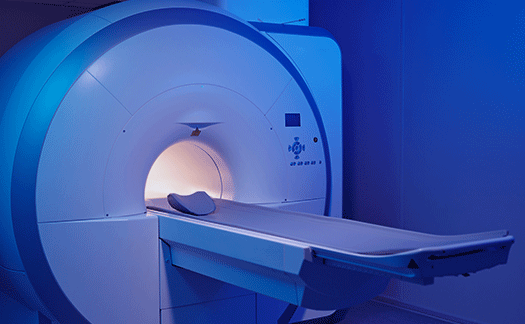
MedTech
Innovate and scale with strategic cloud engineering solutions that push the boundaries of what’s possible. From managing IoT-driven data influxes securely on the cloud to ensuring seamless interoperability, drive modernization and scalability, ensuring medical technology is always a step ahead.
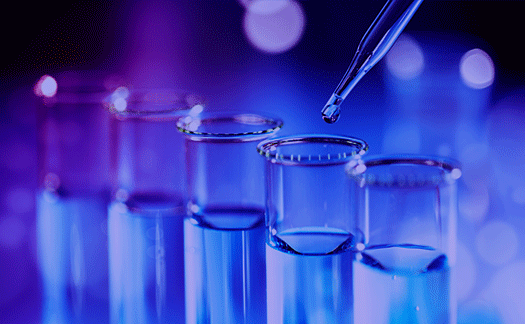
Life Sciences
Enhance research, development, and data management processes through strategic cloud adoption. Ensure secure and compliant data management, facilitate seamless collaboration through cloud platforms, and enable scalable computational capabilities for life sciences to innovate, discover, and more efficiently manage their processes.
CONNECT WITH US
Revolutionize Healthcare operations with comprehensive Cloud services
.png?width=417&height=250&name=image%2013%20(1).png)
SUCCESS STORIES
Solving some of the greatest challenges in Healthcare
.png?width=270&height=320&name=white-bg-image%20(2).png)
Case Study
.png?width=270&height=320&name=white-bg-image%20(2).png)
Case Study
Transforming Ophthalmology app with AWS migration and integration strategy
Migrated and integrated an ophthalmology surgery app to AWS, optimizing legacy and third-party device hosting, reducing TCO by 18%, and enhancing service availability and fault tolerance through comprehensive cloud strategy and monitoring.






.png?width=1920&height=1080&name=Consulting2_Menu_1%20(1).png)












